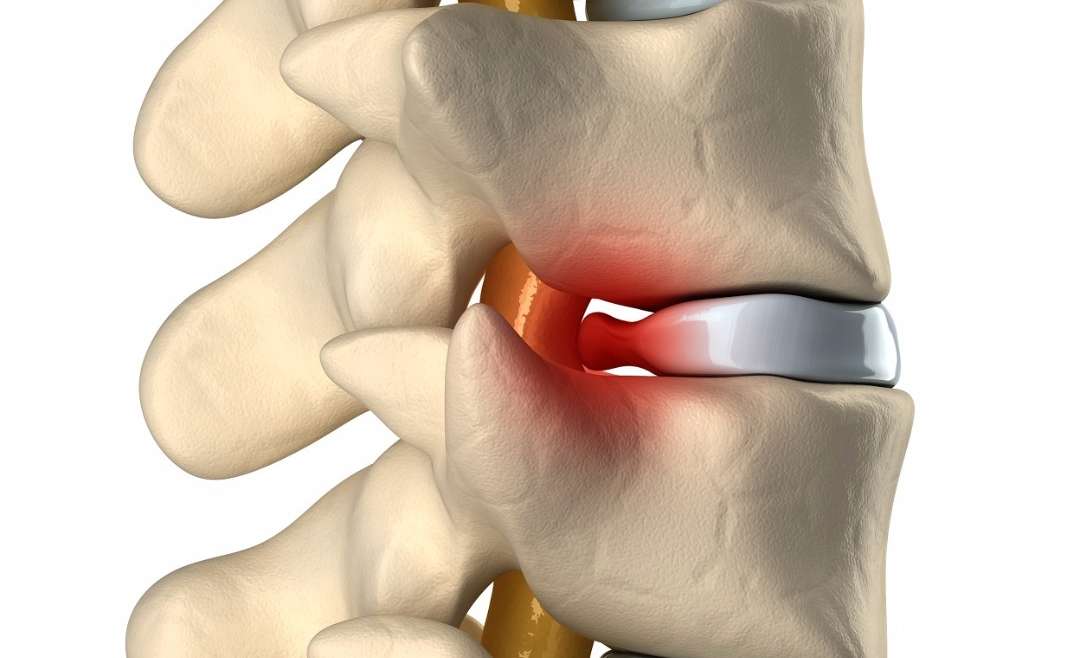What is spinal decompression therapy? Quite a few patients have asked what that strange contraption at the end of the treatment table at the Royal Arsenal practice is. When I mention ‘traction’ it invariably conjures up images of medieval torture but that couldn’t be further from the truth. It’s actually a very gentle and non-invasive tool in combating degenerative disc symptoms and I’ve had more than one patient fall asleep in the middle of a session.
So what does it treat? Many of the patients who come to see me with neck, low back and consequential limb pain are presenting with degeneration of their discs. To explain further, the spinal disc sits between each vertebra and functions as a weight bearing shock absorber. It can be described as having a softer inner part called the nucleus pulposus and a tougher outer part which is call the annulus fibrosus. If you can imagine a donut with a soft inside and harder outside and now imagine that donut after it’s been left uneaten – the outside can become dry and cracked allowing the jam in the middle to spill out. This is what can happen to a degenerative disc, only when the softer inside spills out, it often compresses on a nerve which leads to pain in the arm or leg.
To cause further problems, discs do not have their own direct blood supply. So to get the

nutrients they need they rely on a kind of osmosis –drawing in nutrients from surrounding fluid. The disc is pliable to a degree, so as you move it can compress and decompress in response to your spinal movement and this is how the osmosis occurs. Use your imagination again – a sponge in a dish of water, compress and fluid is pushed out and release and the fluid pulls in. The fluid moves in response to changes in pressure (this is one of the reasons you are told to move often if you have a sedentary job).
How does decompression therapy work? Patients may remain fully clothed and lie on their back (or seated if for the neck) whilst a harness is placed around the target area. Spinal segments are gently pulled apart systematically in cycles of tension lasting 30-60 second with intermittent relaxation cycles of around 30 seconds via a computerised traction system. When this technique is applied, negative pressure is created within the disc allowing for the disc material that has moved away from the central part of the disc and crowding a nerve, to be ‘sucked back in’ and drawn back inside the disc taking the pressure off the nerve. Subsequently, this results in reduced neck and back pain, reduced arm and leg pain, as well as promoting true healing of the disc. The gentle pull also helps to decompress and release spinal joints and stretches associated muscles and ligaments at the same time.
Decompression therapy can be used as a stand-alone treatment, but also works perfectly alongside osteopathy. Because the fluid content and nutrient access to the discs is improved during spinal decompression, this therapy can be safely used as a preventative measure to maintain disc health.
We use a combination of approaches to spinal pain which include acupuncture and corrective exercise. If you would like to consider decompression therapy or any of our other services please call us on 020 3589 8664



Add Comment